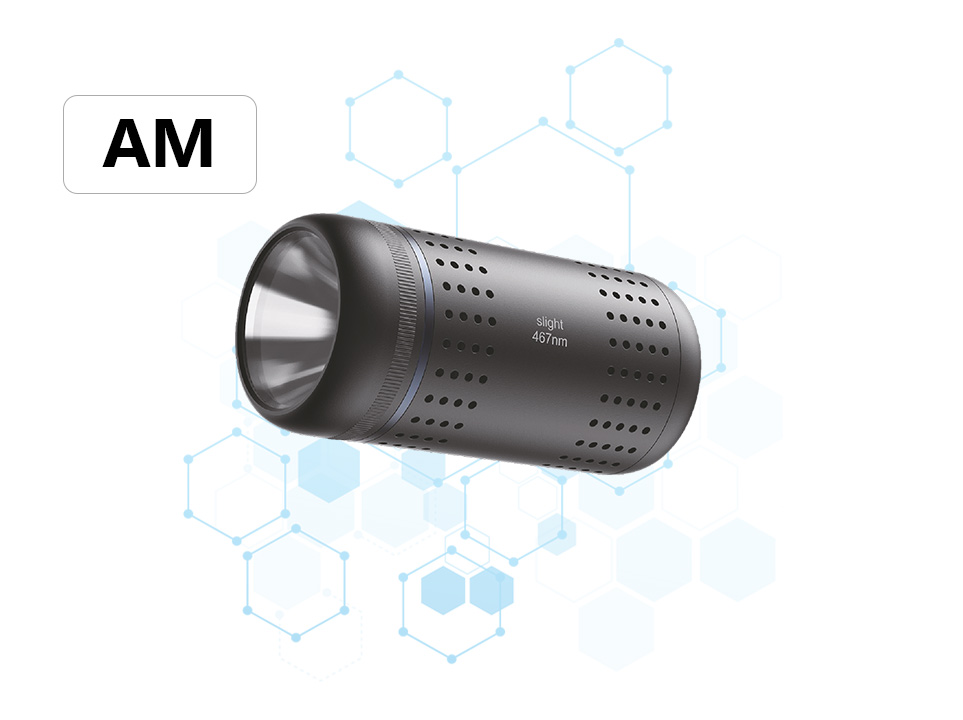Analysis of photocatalytic synthesis of allyl boron
Abstract:
The synthesis of allyl boron compounds through photocatalysis offers a sustainable and environmentally benign route to access these valuable intermediates in organic synthesis. This study presents a comprehensive analysis of the photocatalytic synthesis of allyl boron compounds, focusing on the reaction mechanisms, catalyst design, and potential applications.
Introduction:
Allyl boron compounds are versatile building blocks in organic synthesis, finding applications in cross-coupling reactions, polymerization processes, and as ligands in transition metal catalysis. Traditional methods for their synthesis often involve stoichiometric quantities of metal reagents and harsh reaction conditions, leading to environmental and economic concerns. In recent years, photocatalysis has emerged as a powerful alternative for the synthesis of allyl boron compounds, leveraging sunlight or artificial light sources to promote reactions under mild conditions.
Reaction Mechanisms:
The photocatalytic synthesis of allyl boron compounds typically involves a two-step mechanism:
Photoexcitation of the Catalyst: Upon absorption of light, the photocatalyst transitions from its ground state to an excited state. This excited state is often more reactive and capable of promoting the activation of substrates.
Allylic C-H Bond Activation and Boronation: In the excited state, the photocatalyst interacts with an allylic substrate, leading to the activation of the C-H bond. Simultaneously, a boron reagent, such as a borane or a boronic acid, undergoes coordination or activation by the catalyst. The activated allylic intermediate then reacts with the boron reagent, resulting in the formation of the allyl boron compound and the regeneration of the photocatalyst in its ground state.
Catalyst Design:
The design of efficient photocatalysts for the synthesis of allyl boron compounds is crucial for achieving high yields, selectivities, and turnover frequencies. Key considerations in catalyst design include:
Light Absorption Properties: The photocatalyst should possess strong absorption in the visible or near-infrared regions of the spectrum to harness sunlight effectively.
Redox Properties: The excited state of the photocatalyst should possess suitable redox properties for promoting the activation of allylic C-H bonds and the coordination/activation of boron reagents.
Stability and Reusability: The photocatalyst should be stable under reaction conditions and capable of being reused without significant loss of activity.
A variety of photocatalysts have been explored for this reaction, including metal-organic frameworks (MOFs), semiconductor nanoparticles, and organic dyes. The choice of catalyst often depends on the specific reaction conditions, substrate scope, and desired product selectivity.
Potential Applications:
The photocatalytic synthesis of allyl boron compounds offers several potential applications in organic synthesis:
Cross-Coupling Reactions: Allyl boron compounds can serve as valuable intermediates in Suzuki-Miyaura cross-coupling reactions, enabling the synthesis of aryl-substituted alkenes with high yields and selectivities.
Polymerization Processes: These compounds can also be used as monomers in polymerization reactions to prepare functionalized polymers with unique properties.
Transition Metal Catalysis: Allyl boron compounds can act as ligands in transition metal catalysis, influencing the reactivity and selectivity of metal-catalyzed reactions.
Conclusion:
In conclusion, the photocatalytic synthesis of allyl boron compounds represents a promising strategy for accessing these valuable intermediates in organic synthesis. Advances in catalyst design and reaction mechanism understanding have facilitated the development of efficient and selective methods for this transformation. Future research will likely focus on the optimization of reaction conditions, the exploration of new photocatalyst systems, and the expansion of the substrate scope to include more complex allylic substrates and boron reagents. The potential applications of allyl boron compounds in cross-coupling reactions, polymerization processes, and transition metal catalysis further underscore the importance of this research area and the need for continued innovation and development.





